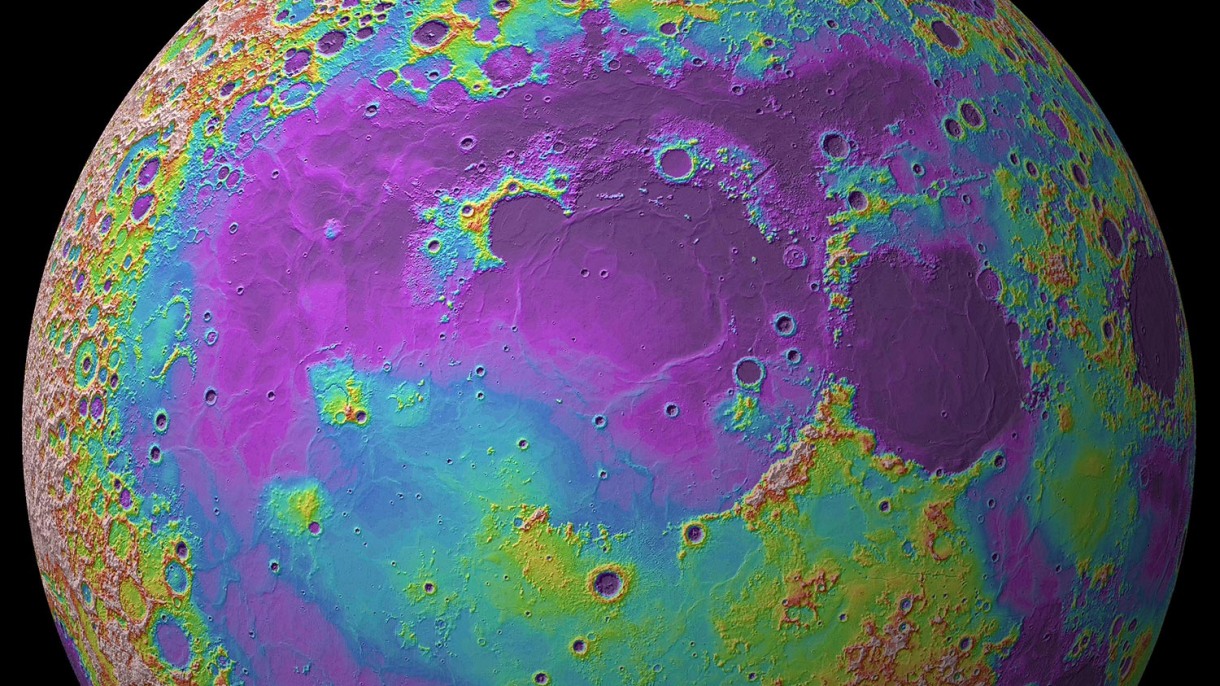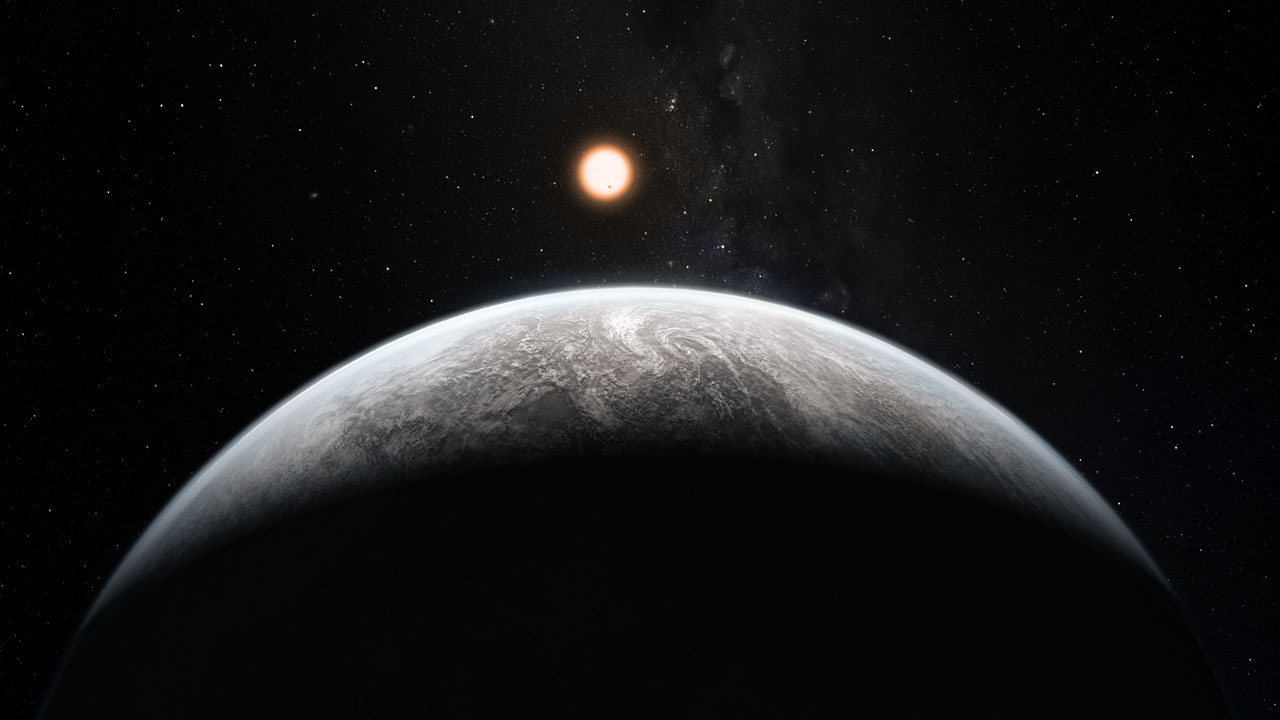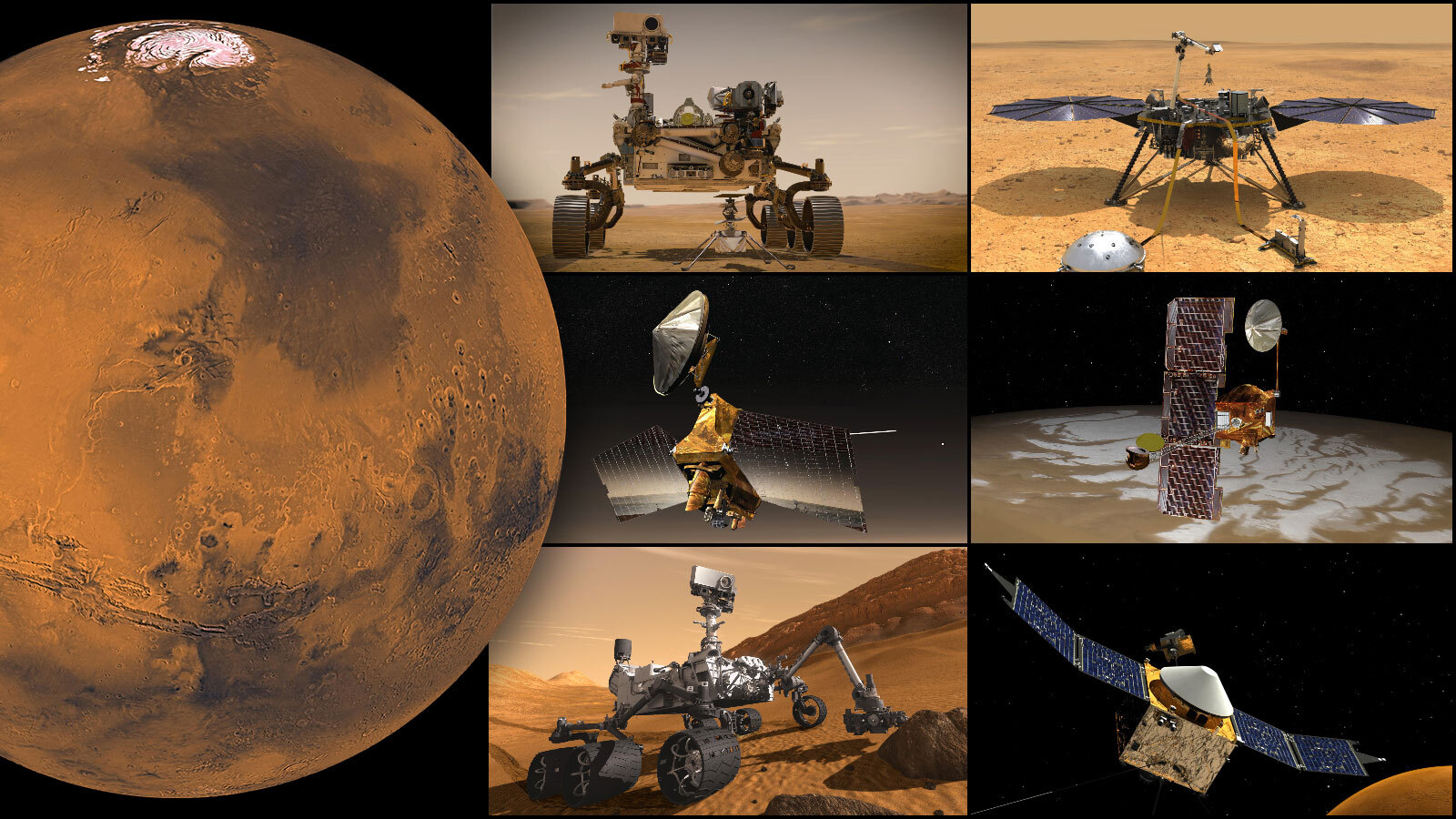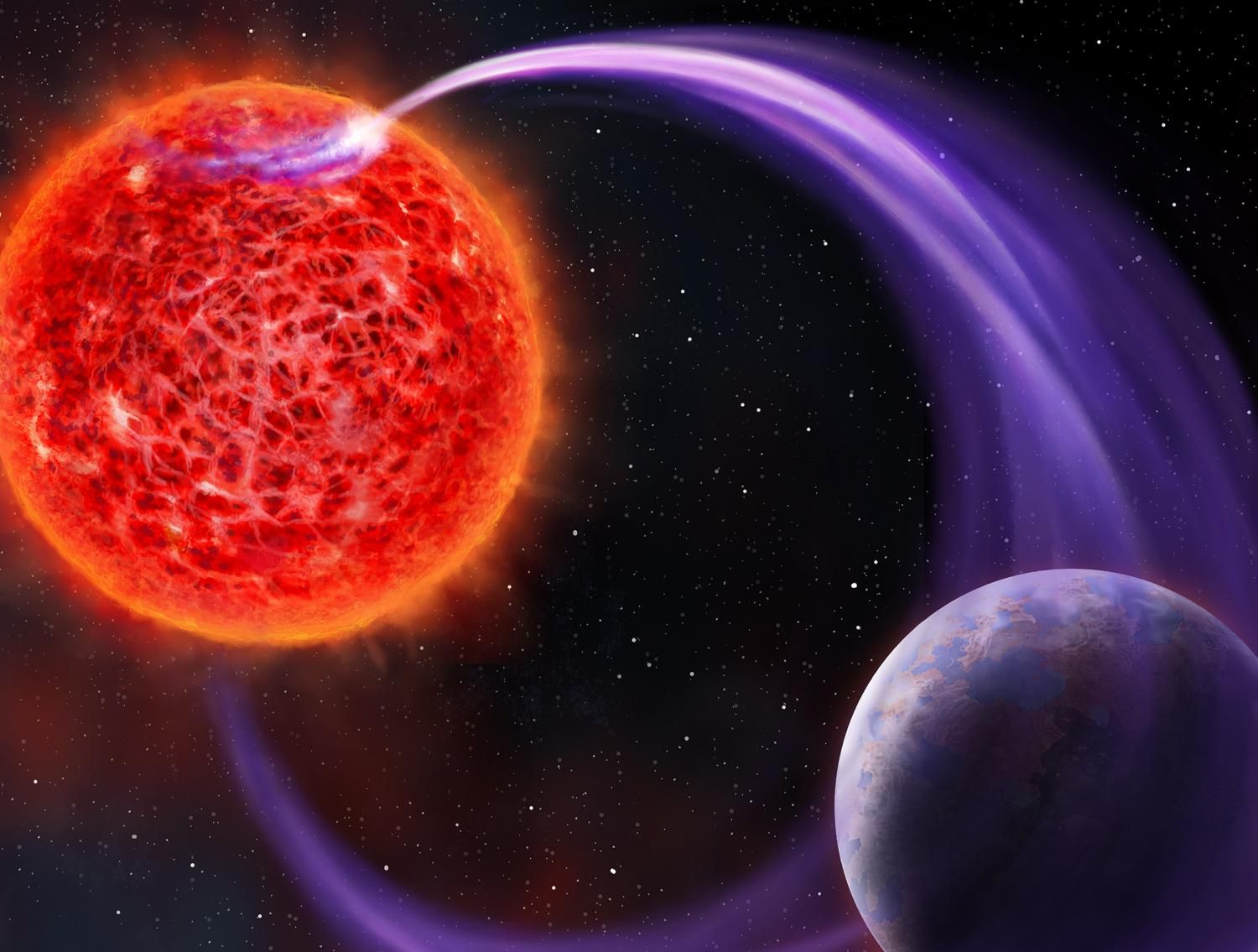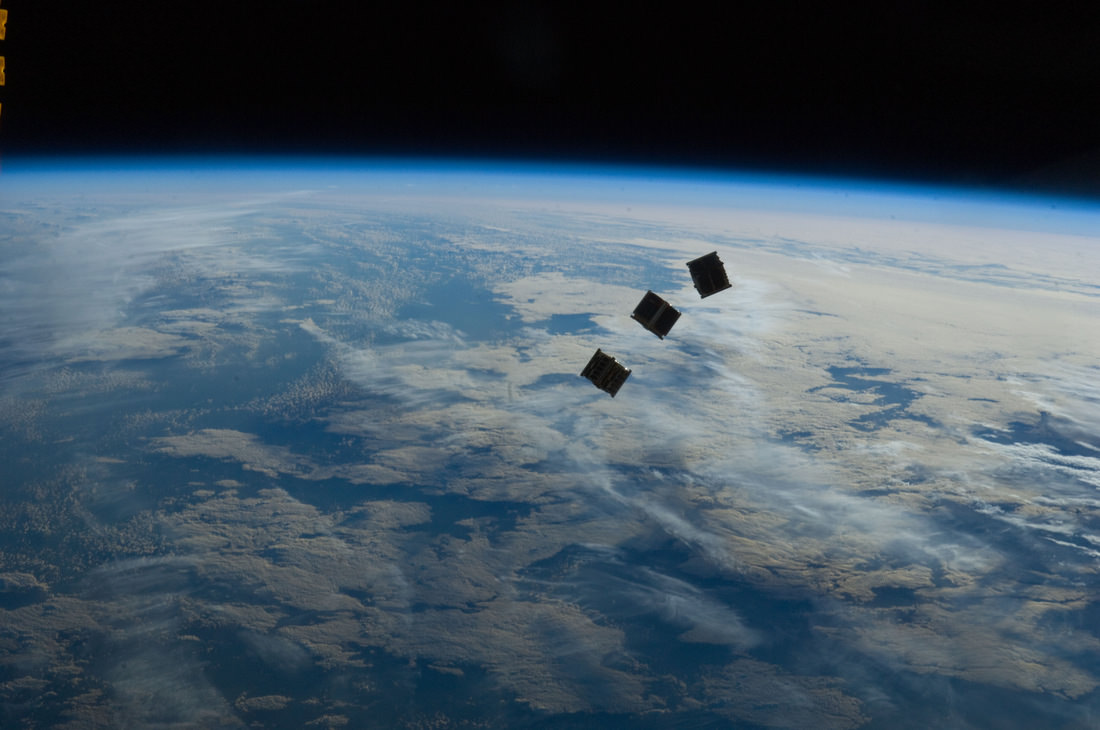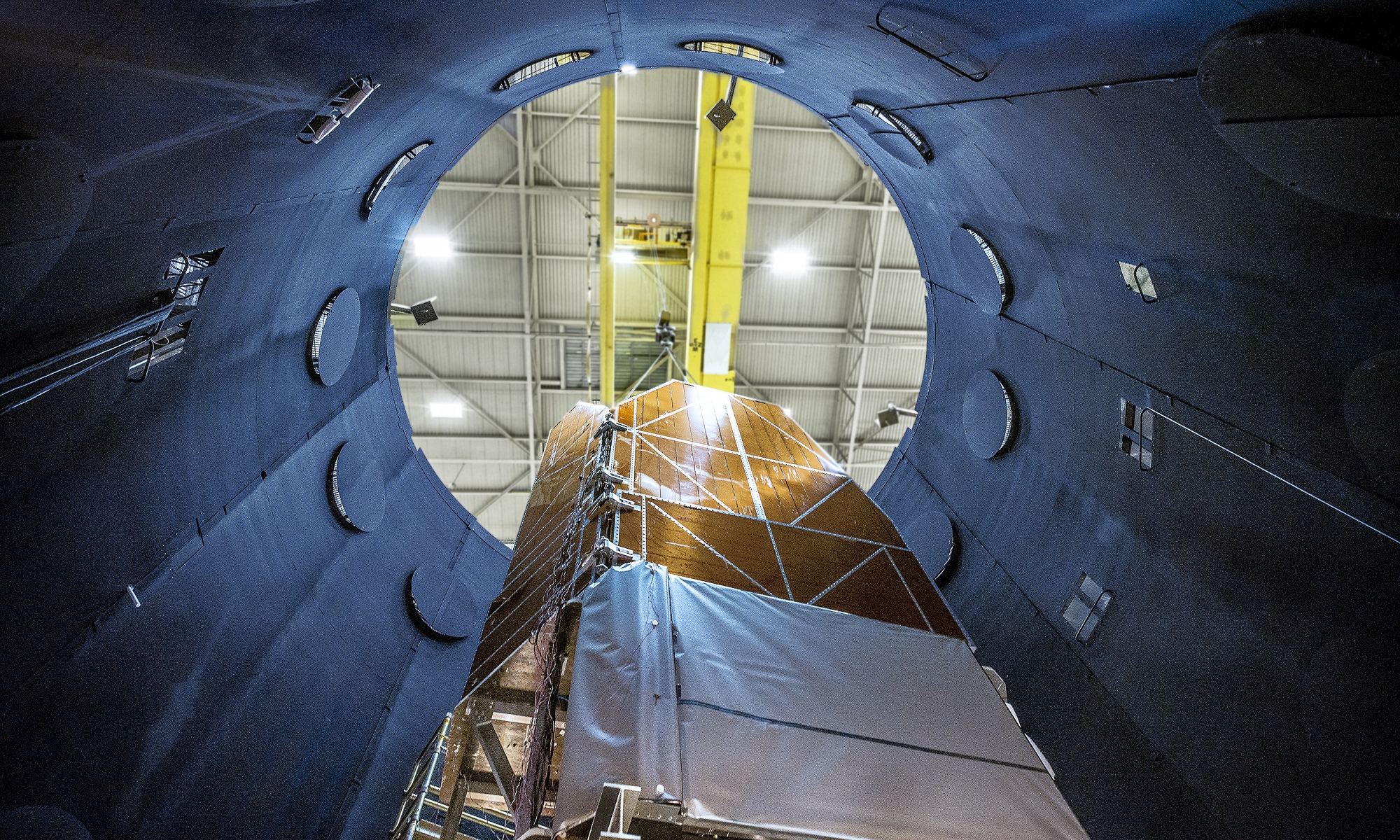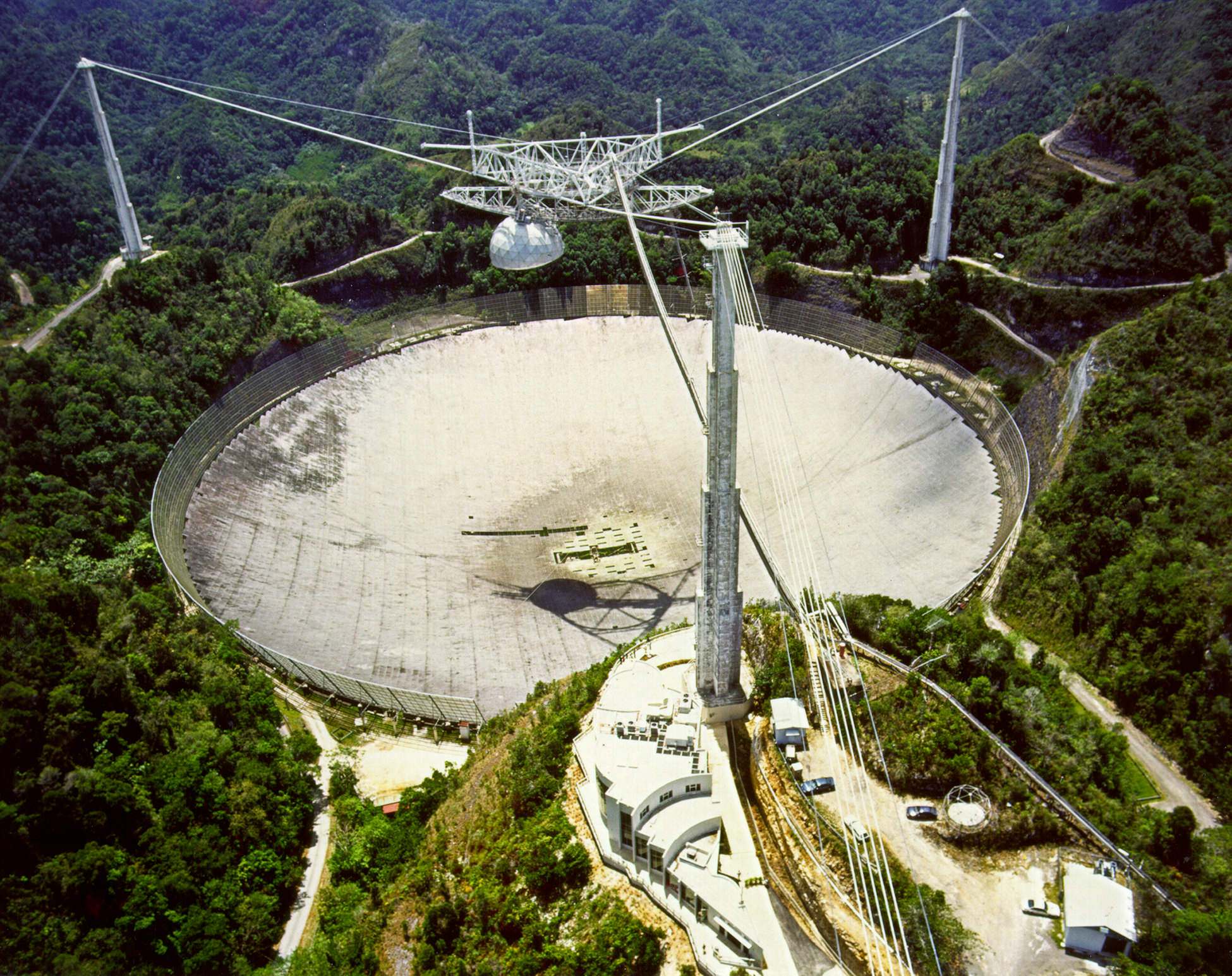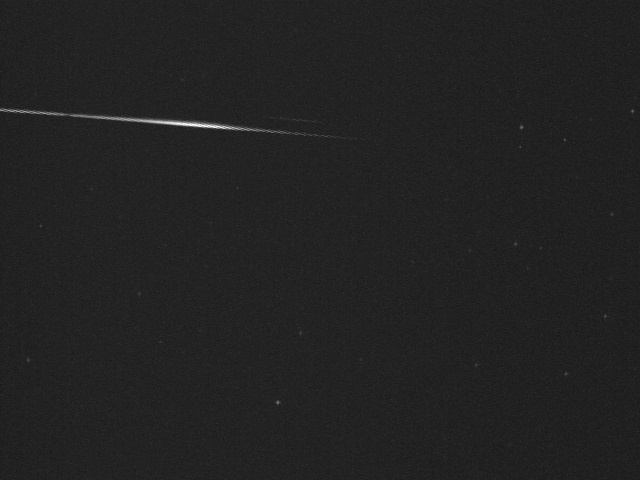According to the most widely accepted theories, the Moon formed about 4.5 billion years ago after a Mars-sized object (Theia) collided with Earth. After the resulting debris accreted to create the Earth-Moon system, the Moon spent many eons cooling down. This meant that a few billion years ago, lakes of lava were flowing across the surface of the Moon, which eventually hardened to form the vast dark patches (lunar maria) that are still there today.
Thanks to the samples of lunar rock brought back to Earth by China’s Chang’e 5 mission, scientists are learning more about how the Moon formed and evolved. According to a recent study led by the Chinese Academy of Geological Sciences (CGAS), an international team examined these samples to investigate when volcanism on the Moon ended. Their results are not only filling in the gaps of the Moon’s geological history but also of other bodies in the Solar System.
Continue reading “Volcanism on the Moon Ended About 2 Billion Years ago”
